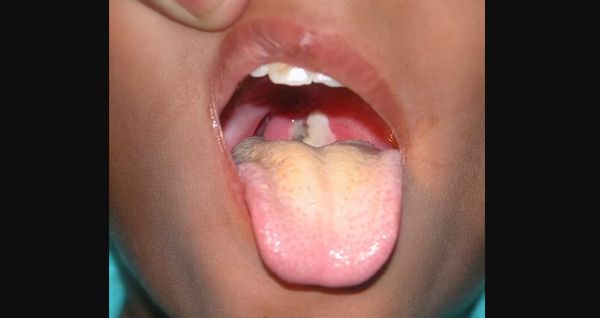
A deadly disease that was once thought to have been eradicated has resurfaced and infected a child in Australia. This alarming case has brought diphtheria, a rare condition that hasn’t been seen in New South Wales (NSW) for over a century, back into the spotlight.
The infected child, a two-year-old from northern NSW, is currently receiving intensive care treatment in a Queensland hospital, fighting for their life. It is important to note that this child had not been vaccinated against diphtheria, making it all the more vital to raise awareness about the importance of immunization.
Dr. Paul Douglas, the Director of North Coast Public Health, stressed the seriousness of the disease and its potential fatal outcomes. Diphtheria is highly contagious, easily spreading through the air via coughing and sneezing. The bacteria can also survive on surfaces, putting others at risk of infection.
Medical professionals are doing everything they can to save the child’s life. Treatment includes antitoxin, medication, and respiratory support. Additionally, close family members and caregivers have received antibiotics and immunization to prevent the further spread of the bacterial infection.
Despite this concerning case, Dr. Douglas assures the community that there is no need to panic. However, he strongly urges parents to check their children’s immunization status and ensure they receive the diphtheria vaccination if they haven’t already.
It is crucial for everyone to stay up to date with their vaccinations. The diphtheria vaccine is readily available and free for individuals from six weeks of age. Your GP can provide you with more information and administer the vaccine.
Diphtheria has historically been a deadly disease, particularly affecting children. It used to be a leading cause of death among young ones until the 1940s when vaccinations were introduced. These vaccines have successfully prevented children from contracting the bacteria, thus averting life-threatening illness.
Australia has a high immunization rate, making cases of diphtheria exceptionally rare. The disease is more prevalent in countries with low vaccination rates and inadequate herd immunity.
Symptoms of diphtheria vary depending on the site of infection, with the most severe cases affecting the throat and tonsils. Children with the condition may experience a sore throat, loss of appetite, and a mild fever at the onset. Within a few days, a white-gray membrane forms in the throat, making swallowing difficult.
It is worth noting that the vaccination for diphtheria is often given alongside the tetanus and pertussis (whooping cough) shots for adults. This ensures comprehensive protection against these potentially dangerous diseases.
Let us remember that by prioritizing immunization, we can safeguard ourselves and our loved ones from preventable diseases like diphtheria. Stay informed, stay protected!





